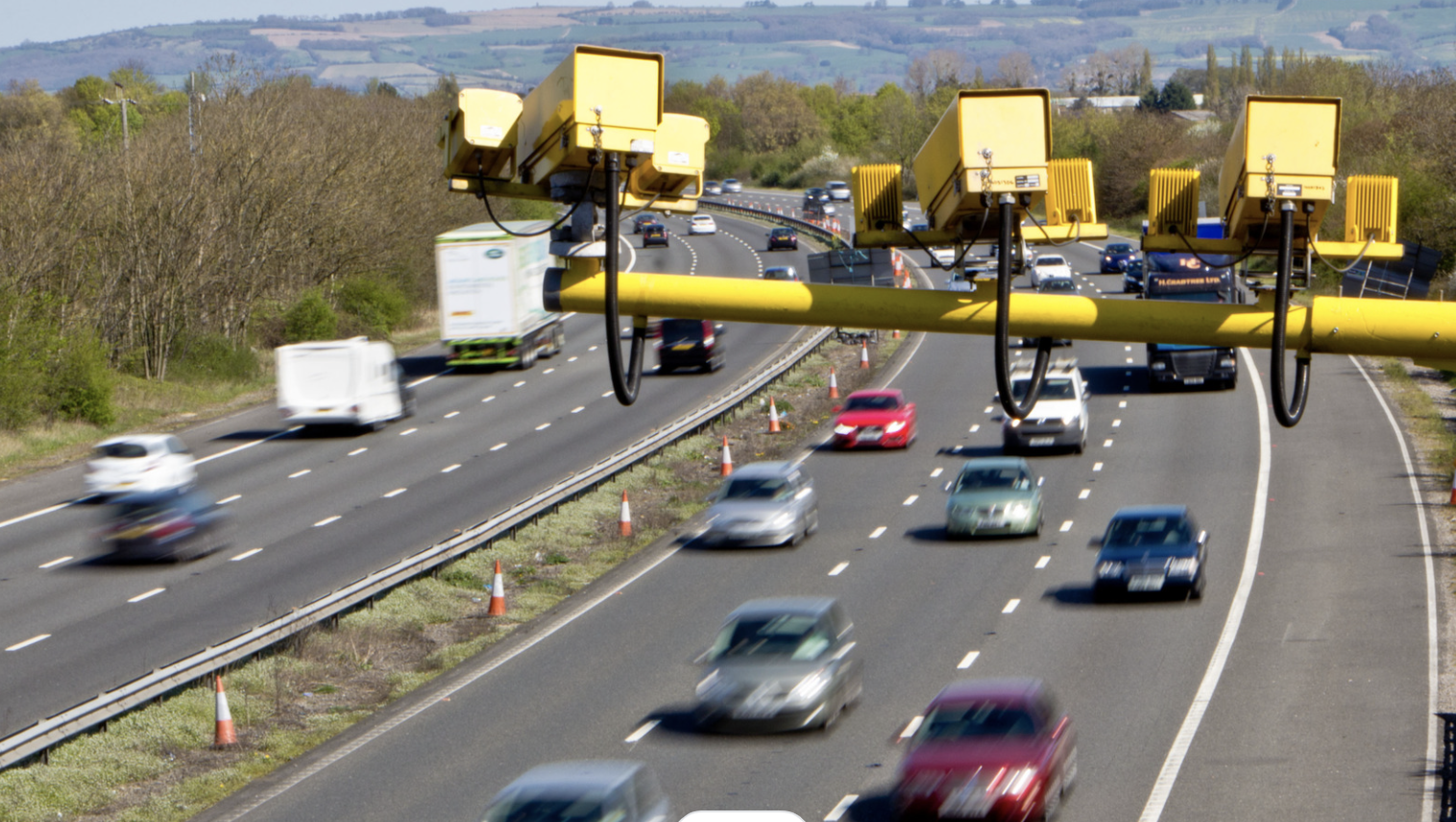With lots of us planning to visit loved ones and enjoy the festivities across the country this Christmas, you might be wondering what will happen if you get caught with your pedal a little too close to the metal.
Here’s your festive rundown of what will happen if you’re caught speeding on the motorway this Christmas.
how can I be caught speeding on the motorway?
There are various ways you can be caught speeding on the motorway.
• Average speed cameras – using ANPR technology, average speed cameras will pick up your speed between two points and work out your average speed along the route.
• Mobile speed cameras – often in laybys or on motorway bridges, the police often use mobile speed guns and/or vans to catch speeding motorists, and this is no different during the festive period.Smart motorways – using ANPR technology, smart motorways have adjustable speed limits, so it’s important to keep checking the speed on the overhead signage.
what is the punishment for speeding on the motorway?
Speeding is categorised by three bands – A, B, and C, with punishments getting progressively harsher with each band.
• Band A is for drivers caught driving up to 90mph on the motorway (where the speed limit is 70mph), or 20 mph over the speed limit. The punishment is likely to be 3 points and a fine; however if you qualify, you could be offered a Speed Awareness Course.
• Band B is for drivers caught driving up to 100mph (where the speed limit is 70mph), or up to 30mph over the motorway speed limit. The punishment can be 4-6 points and a fine.
• Band C is for drivers caught driving 100mph+ and the punishment can be up to 6 points and a heftier fine.
Please note, in some circumstances, speeding may result in a driving ban. This is especially important for new drivers to remember. If you’ve had your license for less than 2 years, your license will be revoked if you accumulate 6 points or more, so in theory, it could only take two Band A speeding offences for you to lose your license.
For up to date information on speeding offences, keep an eye on the government website.
speeding and smart motorways
Smart motorways have variable speed limits that are adjusted based on driving conditions and traffic volume. They are lined with cameras and speed limits are displayed on digital signage along the route.
If you’re caught speeding here, this offence will be treated in the same way as any other speeding offences, and it’s important to note that cameras on smart motorways that detect breaches of variable speed limits can still catch drivers travelling above the 70mph limit,even when a variable speed restriction isn’t in place.
If there is no variable speed limit displayed, Highways England’s guidance states that the national speed limit applies.
how will I know if I’ve been caught speeding on the motorway?
If you keep at or below the speed limit, you’ll never get caught speeding on the motorway – it’s as simple as that.
However, if you do find yourself creeping over the upper limit, there are a few things that might happen.
As you’re caught, you might notice the flash of a camera – depending on what kind of device has caught you, you might see a speed camera flash as you pass it. Average speed check cameras or smart motorway cameras won’t flash, because they are looking at your speed across a section of road, not at one moment in time.
Regardless of how you’re caught, you’ll receive a letter from the police within 14 days of the speeding offence. You then have 28 days to respond and depending on the circumstances and the severity of the incident, the police will deal with you from there by either issuing a fine, inviting you to book a speed awareness course, issuing points on your license etc.
you must inform your insurer of any speeding offences
The safest way to use the motorway, and to ensure you don’t land points on your license or a fine, is of course to obey the rules of the road and drive to the speed limit. We encourage all drivers to drive safely, and at the appropriate speed, at all times.
You can find out more about speeding on the motorway, here.







